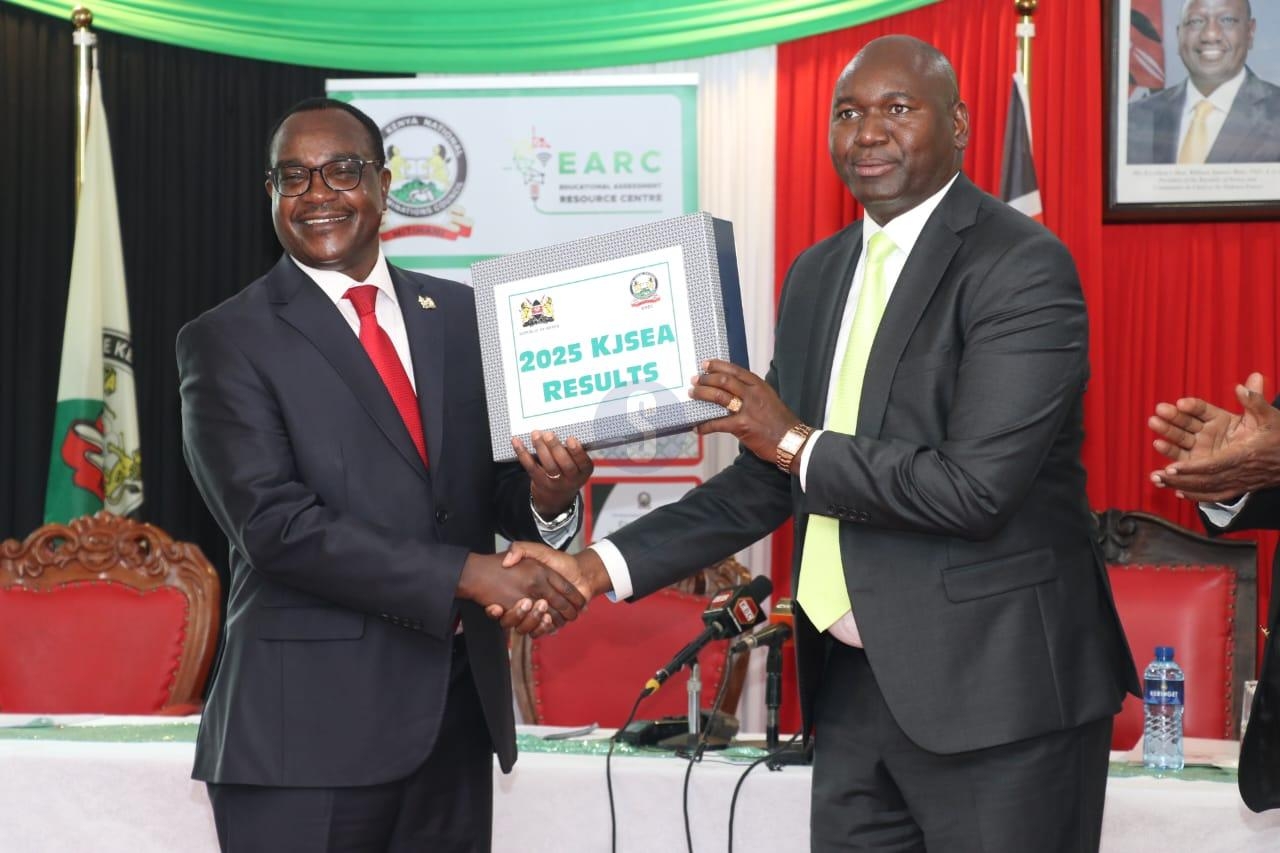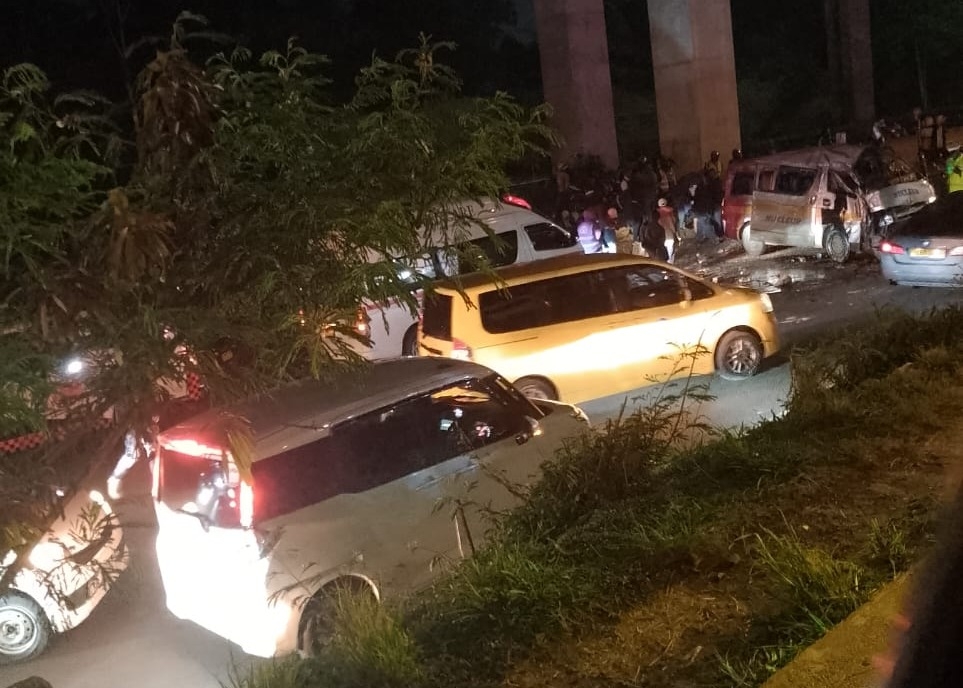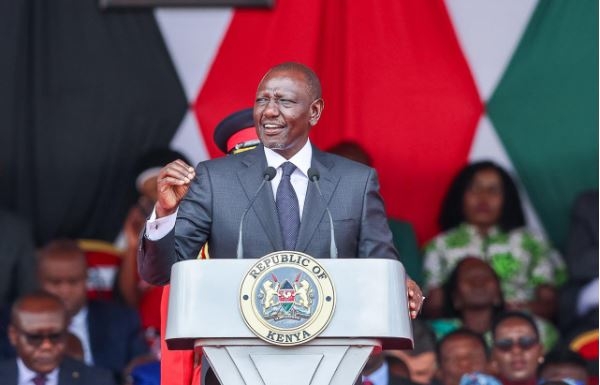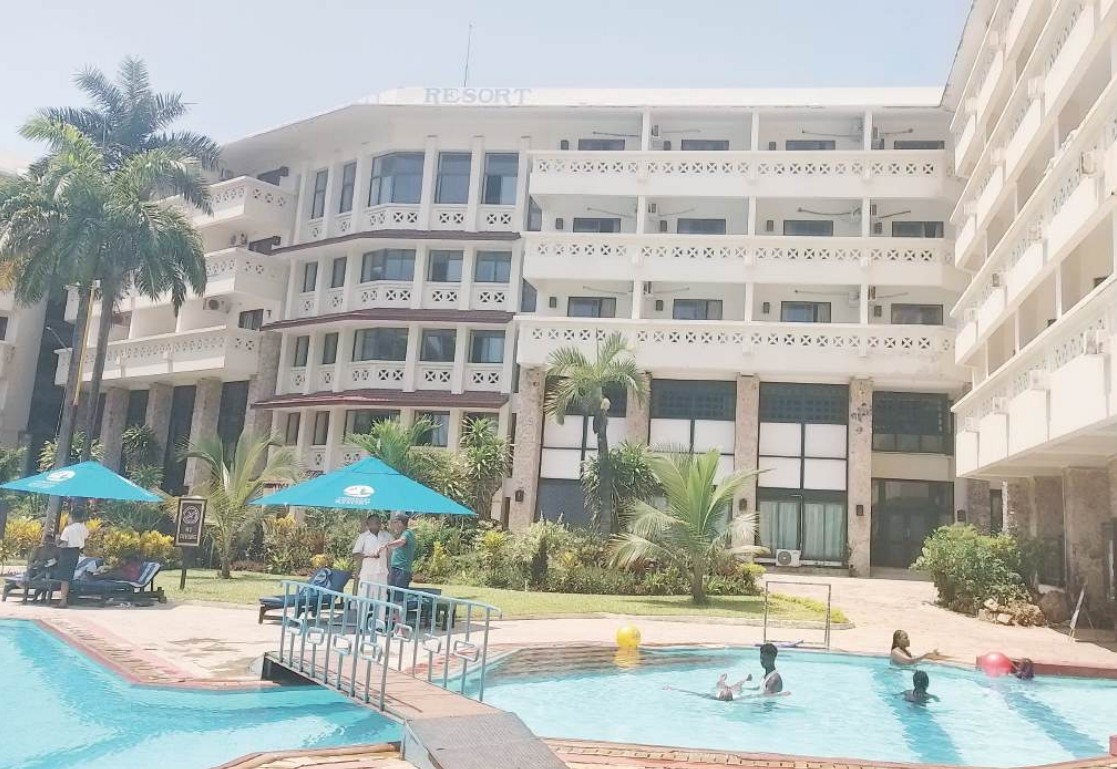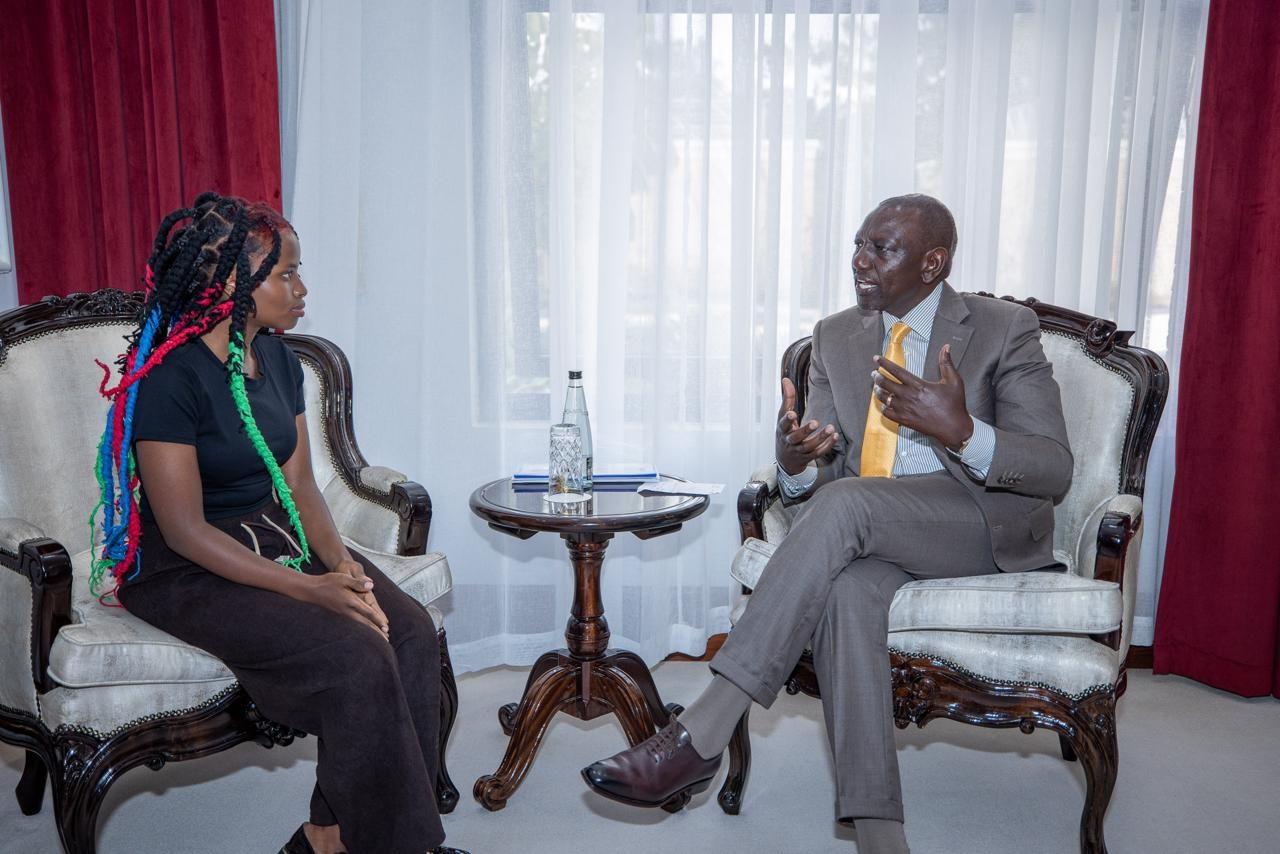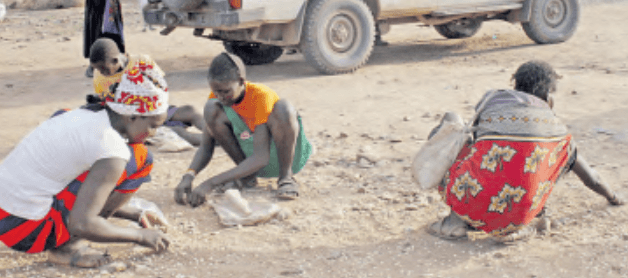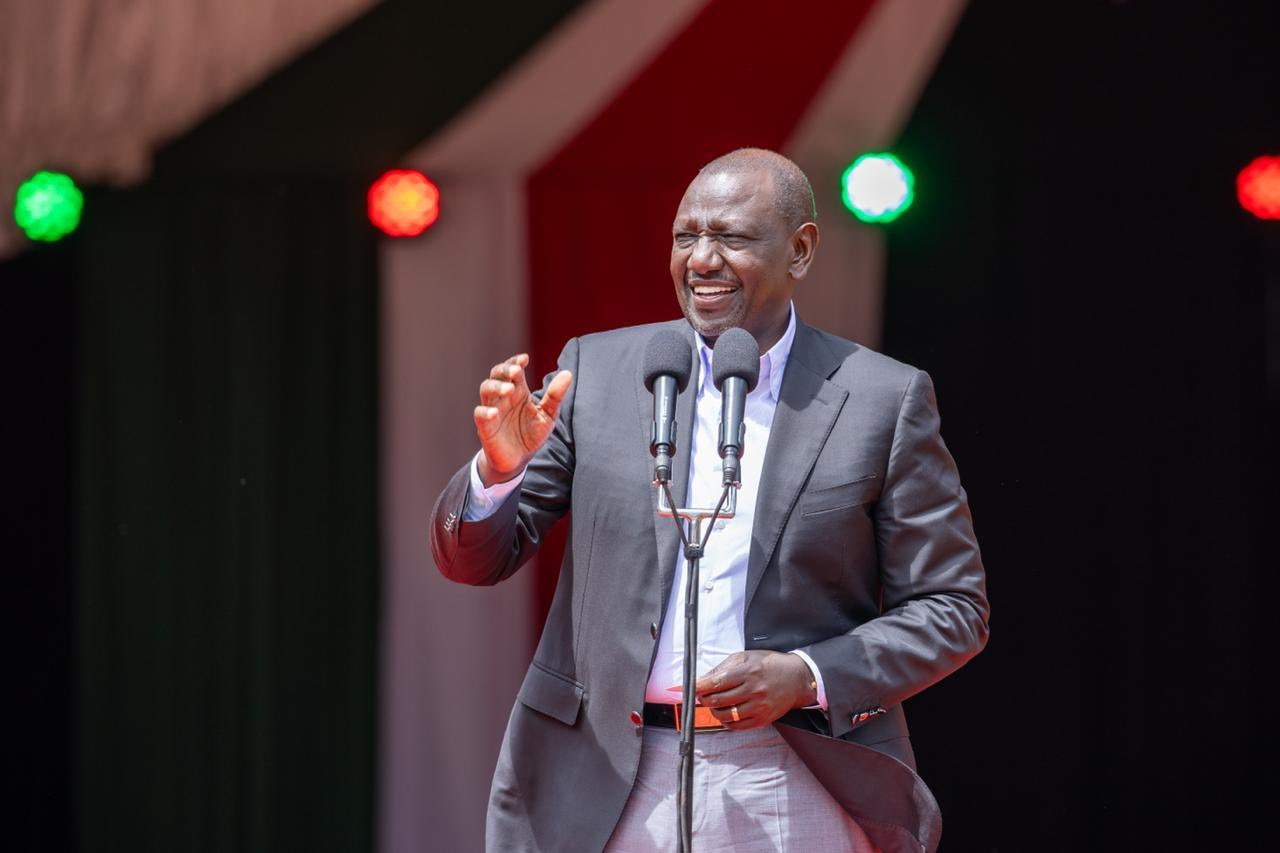
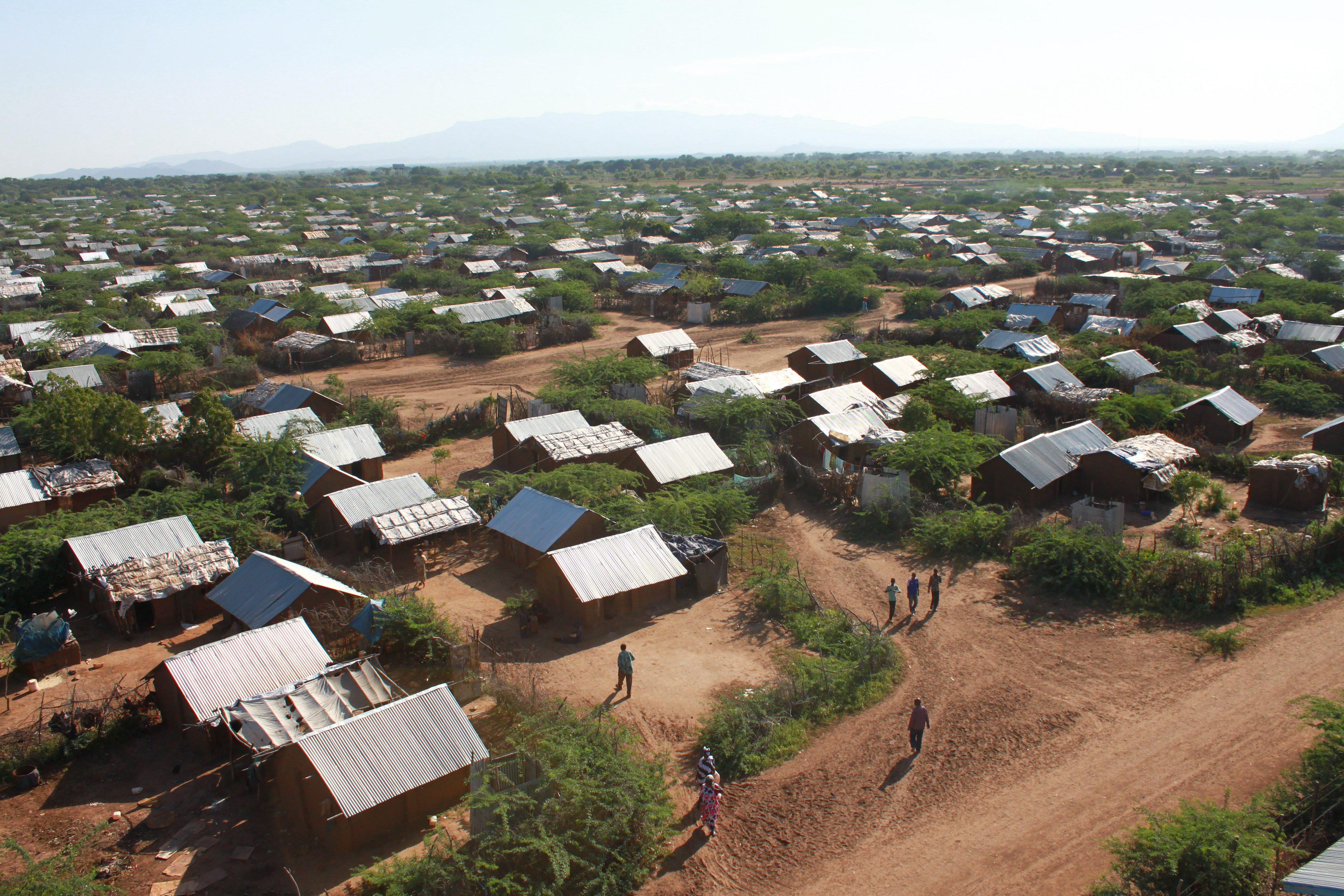
The UN Commission on Human Rights in South Sudan has said the escalating conflict and renewed fighting are forcing hundreds of thousands to flee once again.
The commission says the renewed violence has forced at least 300,000 people out of the country, with 25,000 ending up in Kenya, deepening an already dire regional refugee crisis.
Kenya already hosts hundreds of thousands of refugees in Garissa’s Dadaab camp and and Turkana’s Kakuma camp.
The country, the camps and aid agencies are now grappling with a fresh wave of arrivals despite limited resources and stretched humanitarian systems.
Already, Kenya is hosting 854,876 registered refugees and asylum seekers from more than 20 countries as of June this year, straining local resources.
Of these, more than 308,000 refugees and asylum-seekers are in Kakuma and 62 per cent of them are from South Sudan.
The UN Mission in South Sudan (UNMISS) said, “In 2025 alone, an estimated 300,000 South Sudanese fled the country, largely due to increasing conflict: with 148,000 new arrivals into Sudan; 50,000 to Ethiopia; 50,000 to Uganda; 30,000 to the Democratic Republic of Congo; and 25,000 to Kenya”
UNMISS issued the October statement after concluding its mission to the AU headquarters in Addis Ababa.
The commission said the influx was increasingly becoming an extra burden for the neighbouring states, as they try to ensure protection and survival to newcomers. The region now hosts more than 2.5 million South Sudanese refugees.
UNMISS expressed regret that South Sudan’s leaders have deliberately stalled progress and brought South Sudan to yet another precipice. The crisis has deepened despite efforts of the EU and regional states including Kenya to support the peace process.
It said armed clashes are occurring on a scale not seen since a cessation of hostilities was signed in 2017, with civilians bearing the brunt of human rights violations and displacements.
The Reconstituted Joint Monitoring and Evaluation Commission called for urgent lifting of access restrictions by armed actors and assurance of safety of humanitarian workers to enable the delivery of humanitarian aid.
“The mounting armed clashes, mass displacement and fracturing of a peace agreement signed seven years ago demonstrate that South Sudan cannot rebuild without stability and justice,” commissioner Carlos Castresana Fernández said.
The agency said the crisis underscores total collapse of the 2018 peace deal and called on the AU and UN Security Council to act decisively to prevent South Sudan from sliding back into full-scale war.
This echoes the South Sudan peace deal monitor's quarterly report, covering July 1 to September 30, citing increasing clashes between parties signatory to the 2018 agreement.
Kenya’s 25,000 new arrivals from South Sudan this year come on top of an already swollen refugee population exceeding 850,000, largely concentrated in Dadaab and Kakuma refugee camps.
Kakuma is struggling to sustain its population due to severe funding shortages and environmental factors.
Reports from the UNHCR and the World Food Programme have this year confirmed major cuts to food rations, leading to increased hunger and desperation in the camp.
The US had provided around 70 per cent of the funding for the WFP's operations in Kenya. The WFP says as a result of the cuts, the agency has had to slash the refugees' rations to 30 per cent of the minimum recommended amount a person should eat to stay healthy.
On October 25, the UN refugee agency said while Kakuma had provided safety for families, food has not been a guarantee.
“After escaping war and floods, families now survive on two small meals a day, often the same food, never quite enough.
"Without sufficient support, food insecurity risks eroding that sense of safety, forcing families into difficult choices,” UN High Commissioner for Refugees said.
Kenya’s Interior ministry said reductions in food rations in Kakuma have raised concerns about worsening humanitarian conditions.
The ministry said rations were cut from 65 per cent in 2023 to 40 per cent.
“If funding shortages persist, rations could drop further to 20 per cent beyond June 2025, exacerbating malnutrition, insecurity, and health risks, particularly for women and children,” the ministry said.
Nairobi’s policy dilemma is deepening. Kenya passed the Refugee
Act, 2021 to integrate fleeing persons into local economies and society. It
granted them new rights to employment, property and freedom of movement and
allowed limited self-reliance.
Implementation has been slow.
Counties such as Turkana, where Kakuma is located, continue to face severe underdevelopment, leaving both refugees and host communities dependent on aid.
The government is also seeking to integrate refugees socio-economically through the Shirika Plan — an initiative seeking to transform camps into integrated settlements
In March, Kenya urged the international community to step up funding and support to address the increasing needs of refugees and host communities.
Speaking during a meeting with the Refugee Donor Group, Interior Cabinet Secretary Kipchumba Murkomen underscored the urgent need for sustainable funding solutions.
“Kenya faces a growing refugee population, with numbers reaching 836,907 as of February 2025. This surge, coupled with a declining funding landscape, is putting immense pressure on essential services such as security, healthcare, food and education,” Murkomen said.



